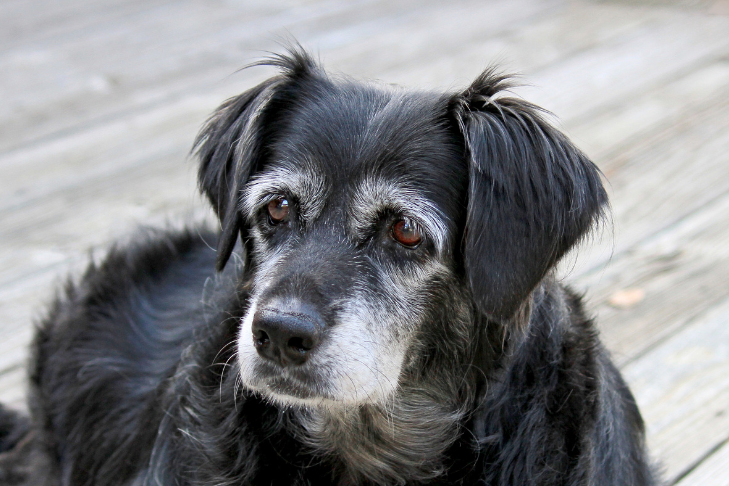Why Is My Senior Dog Pacing at Night?

If your older dog has started pacing at night, you’re not alone. Many pet parents notice changes in sleep patterns or behavior as their dogs get older. While it can be worrying to see your dog restless during the night, it’s often a sign that their needs are shifting with age.
Why Do Older Dogs Pace at Night?
There are several reasons a senior dog might pace during the night. These range from physical changes to emotional or environmental factors. Here are a few common explanations:
- Canine cognitive changes: As dogs age, they can experience changes in memory, perception, or learning ability. Just like humans, this can lead to confusion or altered routines, especially after sunset.
- General discomfort: Stiffness or changes in mobility may make it harder for dogs to get comfortable lying down. Pacing could be a response to feeling unsettled or having trouble finding a restful position.
- Changes in sleep-wake cycles: Older dogs may sleep more during the day and be more awake at night. This shift in rhythm, sometimes called sundowning, can result in nighttime activity like wandering or vocalizing.
- Environmental confusion: If your dog’s vision or hearing is declining, familiar spaces may feel different at night. Reduced sensory input can contribute to restlessness or pacing.
- Increased need to go outside: Many older dogs experience changes in digestion or elimination routines. Your dog may be pacing to let you know they need a bathroom break more often than they used to.
How to Support a Senior Dog Who’s Restless at Night
If nighttime pacing is becoming a pattern, here are a few gentle ways to help your dog feel more secure and settled after dark:
- Maintain a consistent routine: Try to keep walks, meals, and bedtime at the same time each day. Predictability can help dogs feel more at ease, especially as they age.
- Encourage daytime activity: Light play, mental enrichment, and regular walks (as appropriate for their age and mobility) can help your dog stay engaged during the day and rest more soundly at night.
- Create a soothing nighttime environment: Dim lighting, a quiet room, and a cozy, supportive bed can help your dog relax. Some pet parents also find that soft music or white noise makes a difference.
- Limit late-evening stimulation: Avoid exciting activities right before bed. Instead, opt for gentle routines like a calm walk or quiet time together before turning in for the night.
- Offer reassurance: If your dog seems unsettled, a calm voice, gentle touch, or simply sitting with them may help them feel more secure.
When to Check With Your Veterinarian
Occasional pacing might just be a normal part of your dog adjusting to age-related changes. But if it becomes frequent or is paired with other symptoms like a shift in appetite, reduced interest in daily activities, or increased vocalization, it’s a good idea to talk with your vet. They can help identify if there’s an underlying issue that needs attention.
The Bottom Line
Nighttime pacing in senior dogs can be challenging to witness, but it’s often just one way your dog is expressing that they feel different than they used to. With consistency, comfort, and a little extra patience, many dogs can settle into new routines that support restful sleep and calm evenings.
If you're seeing changes in your dog’s behavior at night, you’re not alone, and there are gentle ways to help them feel more at ease.


